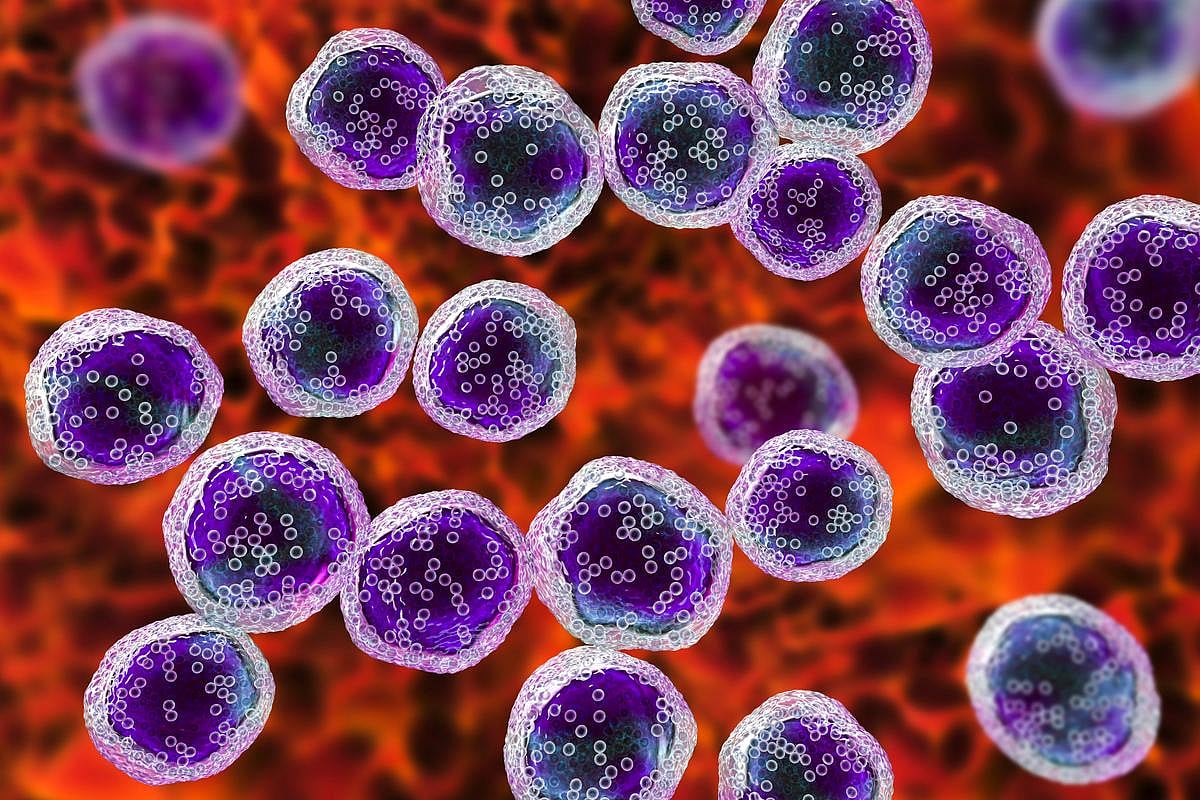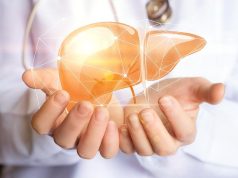Highest predictive performance was seen for the CatBoost classifier, with AUC of 0.7766
By Elana Gotkine HealthDay Reporter
FRIDAY, Aug. 29, 2025 (HealthDay News) — Machine learning (ML) models predict in-hospital mortality in intensive care unit (ICU) patients with lymphoma, according to a study published online Aug. 20 in PLOS ONE.
Ling Xu, from the Guangzhou University of Traditional Chinese Medicine in Dongguan, China, and colleagues developed and validated ML models to predict in-hospital mortality in adult ICU patients with lymphoma in a retrospective cohort study using data from the Medical Information Mart for Intensive Care IV database. Fifteen machine learning models were developed and compared using receiver operating characteristic curves and an area under the curve (AUC) analysis.
The analyses included 1,591 patients, with 342 (21.5 percent) in-hospital deaths. The researchers found that Lasso regression identified significant predictors of mortality, including blood urea nitrogen (BUN), platelets, prothrombin time (PT), heart rate, systolic blood pressure, activated partial thromboplastin time, oxygen saturation, and bicarbonate. The highest predictive performance was seen for the CatBoost classifier, with an AUC of 0.7766. The critical role of BUN was highlighted in a SHapley Additive exPlanation (SHAP) analysis, which was the most important factor in mortality prediction, followed by platelets and PT. Individualized risk assessments were provided by the SHAP force plot, demonstrating the ability of the model to identify high-risk subgroups.
“The ML models, particularly the CatBoost Classifier, may assist in risk estimation of in-hospital mortality among ICU patients with lymphoma,” the authors write. “These models not only offer additional insights alongside traditional approaches but also provide interpretable risk assessments through SHAP value analysis.”
Copyright © 2025 HealthDay. All rights reserved.








